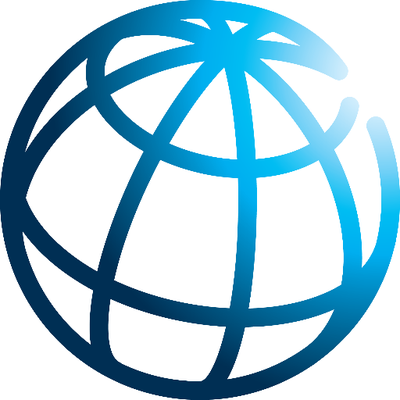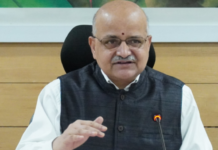New Delhi– The World Bank Group (WBG) on Friday approved its largest country program for India with a likely assistance of $25-30 billion by fiscal 2021-22 to help India’s transition to a higher middle-income country.
“With a fast growing economy, global stature, and its unique experience of lifting the highest number of poor out of poverty in the past decades, India is well-positioned to become a high middle-income country by 2030,” World Bank South Asia Vice President Hartwig Schafer said.
The WBG Board endorsed a new Country Partnership Framework (CPF) for India aimed at supporting India’s transition by addressing its key development priorities — resource efficient and inclusive growth, job creation and building its human capital.
“The Group expects to deliver $25-30 billion during this CPF period, ending in FY 2022,” the multilateral lending agency said in a statement.
India, which has strong collaboration with Group’s institutions, is the largest client of International Bank for Reconstruction and Development (IBRD). As of mid-September 2018, total World Bank assistance stood at $27.2 billion representing 104 projects.
At the end of July 2018, International Finance Corporation’s (IFC) India portfolio contained 281 projects, amounting to a committed exposure of $6.4 billion.
“This CPF charts a path for how the World Bank, IFC and MIGA (Multilateral Investment Guarantee Agency), will leverage their relative strengths to deliver stronger development outcomes for this dynamic country, half of whose population is under the age of 25,” Schafer said.
India’s Economic Affairs Secretary S.C. Garg complemented the bank for aligning the CPF with India’s development and investment objectives, the statement said.
The WBG will focus on promoting a resource efficient growth path, mainly in the use of land and water, to remain sustainable; enhancing competitiveness and job creation; and investing in health, education and skills to improve human capital.
It will also address the challenge of air pollution, jobs for women, raising the resilience of financial sector and investing in early years of children’s development. It will harness new technology in all spheres.
The CPF highlights the shift from a “lending” to a “leveraging bank”, emphasizing the growing potential and need to draw in capital markets in the financing of development priorities, the World Bank statement said.
Complementing transformational national programs, the bank will also develop strategic state partnerships to address state-specific development priorities.
“The future of India lies in the states of India. The country’s transition to high middle-income status will be determined in large part by the effectiveness of India’s federal compact,” said Junaid Ahmad, Country Director, World Bank India.
The CPF also emphasises on India’s global leadership role in promoting renewable energy and disaster resilient infrastructure development through its “Lighthouse India” initiative. India’s experience will help countries in Africa and Central Asia, it said. (IANS)







